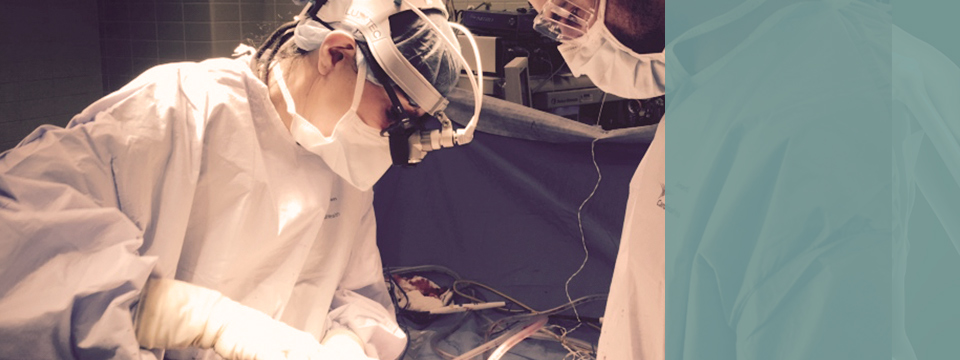Dr. Waguespack’s treatments focus on restoring function and alleviating pain as well as correcting any deformity of the spine.
Dr. Waguespack is an expert at treating all neck, back, and spine conditions at Spinecare Medical Group, including:
Adult Scoliosis Reconstructive Surgery
A spinal reconstructive surgery to correct an abnormal curve and stabilize the spine by using rods, plates, screws and bone grafts to hold the spine in place and correct alignment. Added bone material fuses together with existing bone in proper alignment.
Cervical Spine Fusion
Anterior Cervical Discectomy and Fusion (ACDF), also known as Cervical Spine Fusion removes one or more herniated discs relieving spinal cord or nerve pressure. It is performed at the same time as the discectomy in order to stabilize the cervical vertebrae.
Extreme Lateral Minimally Invasive Fusion (XLif)
XLIF is a minimally invasive procedure to treat certain lumbar spine disorders. Access to the space between each spinal disc is from the patient’s side, rather than from the front or back, sparing major back muscles, bones and ligaments.
Laminectomy / Decompression
Laminectomy, also known as decompression surgery, is surgery that removes bony elements or spurs that are compressing the nerves and/or the spinal cord. It is recommended to alleviate pain caused by nerve impingement resulting from spinal stenosis.
Minimally Invasive Laser Spine Surgery
A minimally invasive discectomy, also sometimes called a microdiscectomy, involves surgical treatment of the spine through small incisions with minimal disruption of the surrounding muscle tissue.
Mobile Core Artificial Cervical Disc Replacement
An artificial disc implant is used to replace diseased discs in the neck. This allows the neck to maintain normal motion. This procedure eliminates the need for bone chiseling and drilling, lending to two-level implantations due to its minimal bone removal.
Sacroiliac (SI) Joint Surgery (iFuse)
The procedure is to treat sacroiliac joint conditions and dysfunctions that are a result of sacroiliac joint disruptions and degenerative sacroiliitis. It is performed through a small incision along the side of the buttock with the aid of fluoroscopy.

